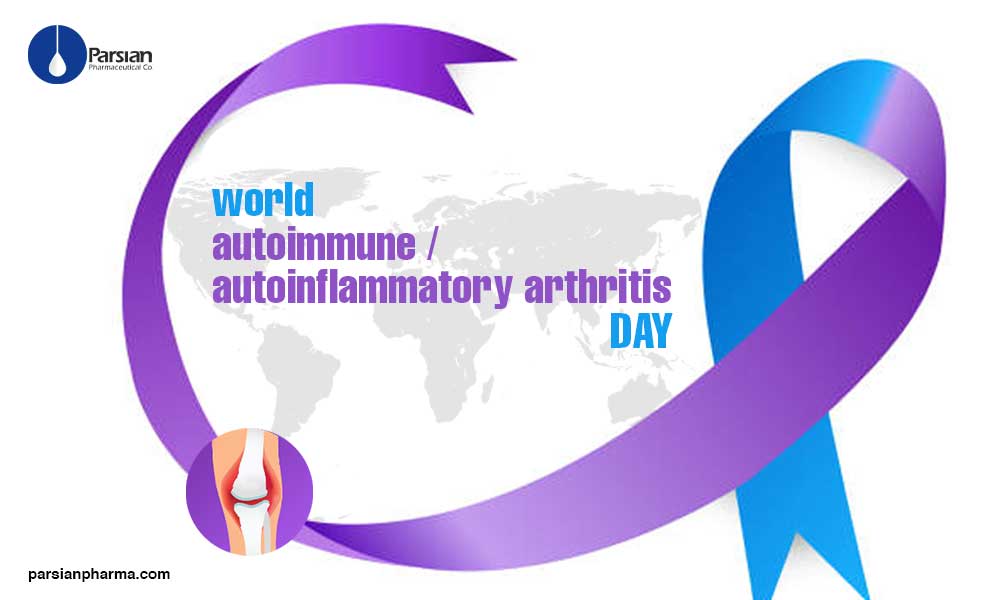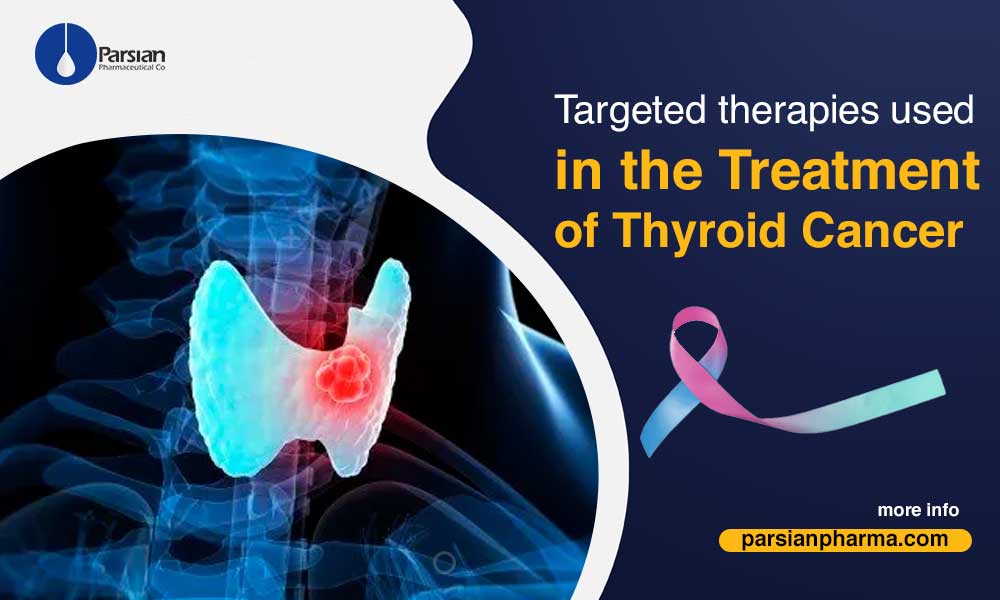Protein tyrosine kinases superfamily definition
A large group of enzymes that speeding up protein phosphorylation and controlling multiple signaling incidents are titled as Protein tyrosine kinases, which represents a complicated system and is wrapped up by of 518 members.
Based on their ability to phosphorylate either tyrosine or serine and threonine residues, they are classified into two main families.
The human genome consists of 90 tyrosine kinase genes, which 58 are receptor types that are classified into 20 subfamilies, the other 32 tyrosine kinase genes are the non-receptor types that are classified into 10 subfamilies.
Due to their vital functions in cellular activities and the pathological effects on cell behavior, these recent years the main focus of researches has been directed towards cancer-associated tyrosine kinases.
Types of Protein Tyrosine kinases involved in leukemia
Leukemia is a heterogeneous group of hematological malignancies, and is mostly derived from bone marrow. These malignancies are quite common amongst both children and adults.
Depending on the rates of their progression, they are usually classified as chronic or acute and depending on the type of blood cells which are involved, they are classified as myeloid or lymphoblastic.
In malignant hematopoiesis, multiple tyrosine kinases of both types, including Discoidin domain receptor 1 (DDR1), AXL receptor tyrosine kinase (AXL), Vascular endothelial growth factor receptor (VEGFR ), Fibroblast growth factor receptor (FGFR ), Mesenchymal-epithelial transition factor (MET), proto-oncogene c-Src (SRC), Spleen tyrosine kinase (SYK ) and pro-oncogenic Abelson tyrosine-protein kinase 1 (ABL1) mutants, are involved in the pathogenesis and drug resistance of practically all types of leukemia .
For more information to be obtained around this subject, Parsian pharma scientific section regardfully refers you to find this article at its main source: https://www.mdpi.com/










